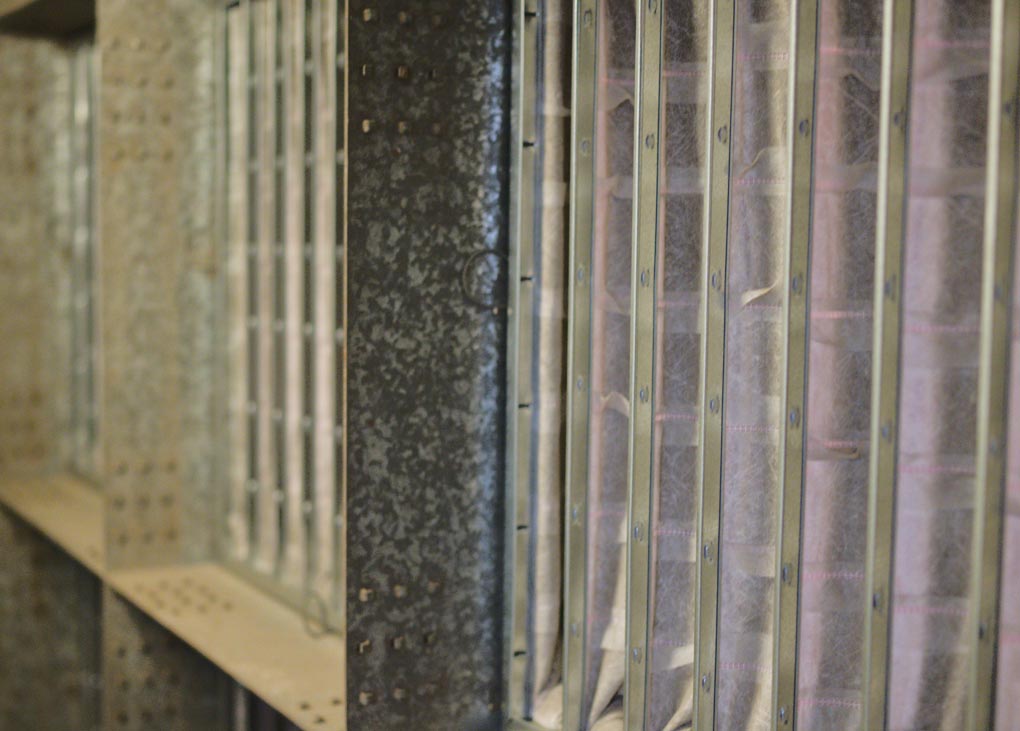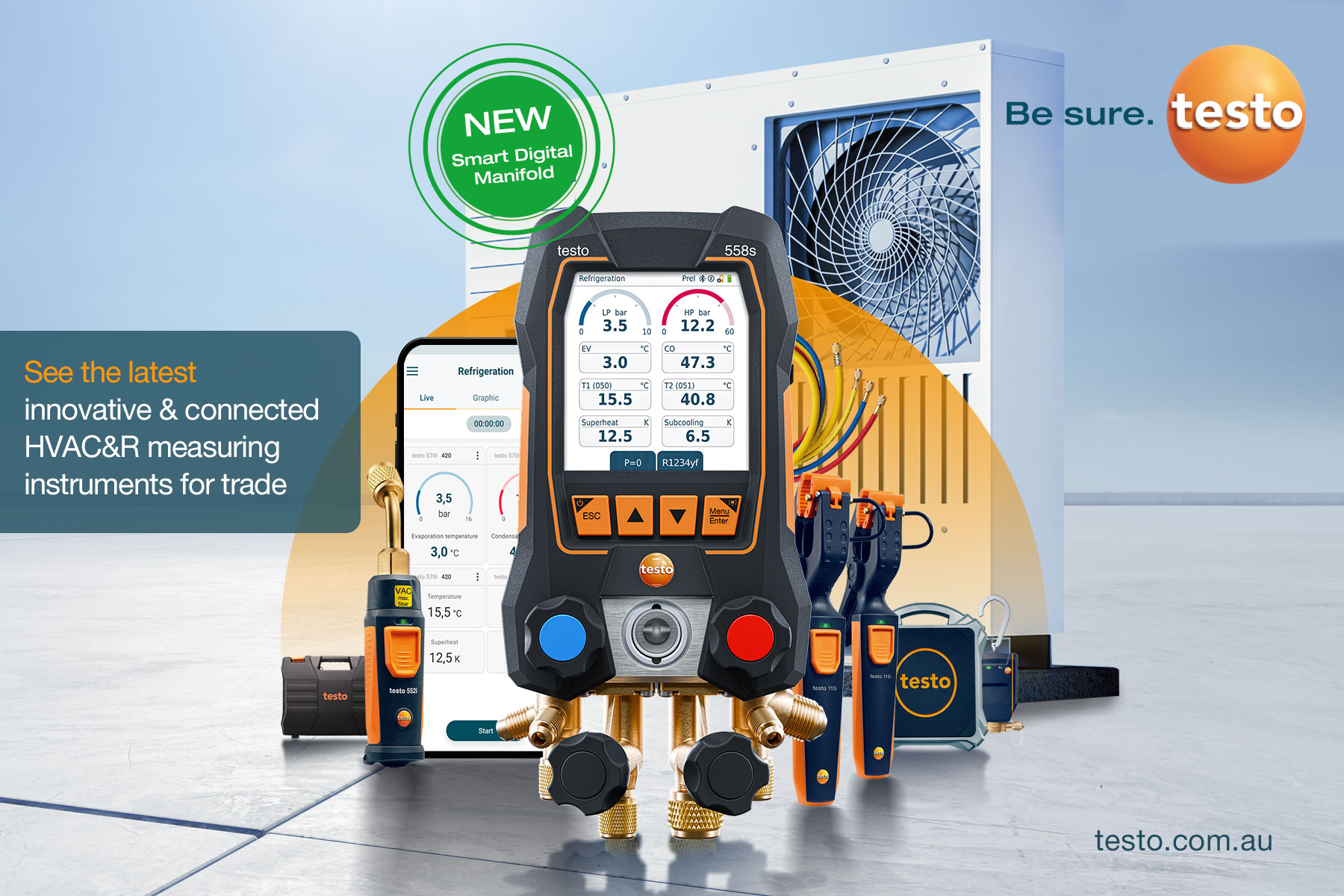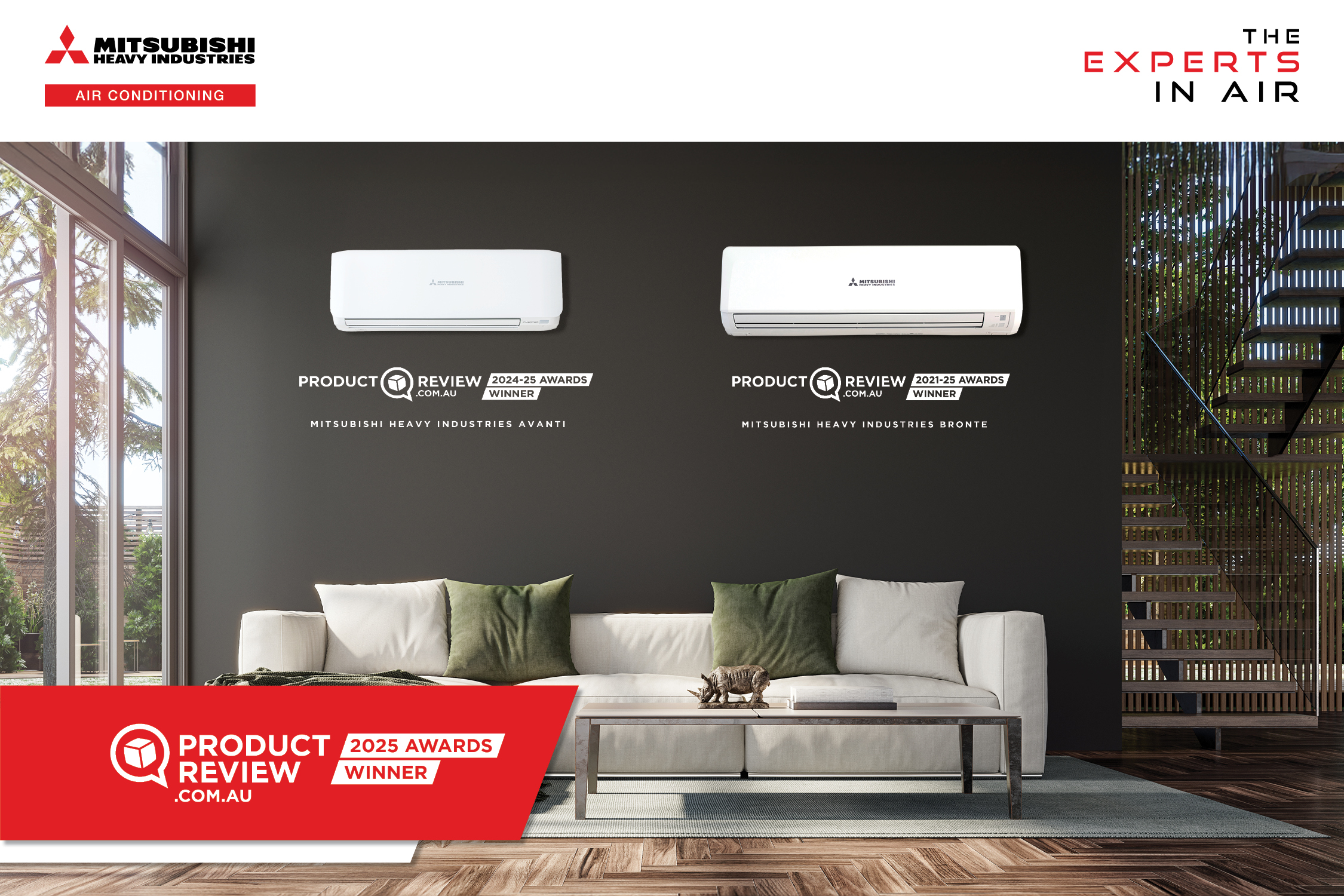An important changeover of filter standards is underway in Australia, but industry has so far been slow to move.
AS 16890 Parts 1 to 4 adopt the ISO 16890 group of standards, modified to suit Australian requirements. They were published in November 2024, replacing AS 1324.1-2001 and AS 1324.2-2003 – these will be withdrawn on November 1, 2026. EN 779, referenced in AS 1324.1-2001, was withdrawn in 2018.
The new air filter standard classifies performance of filters against particulate matter (PM) concentrations, listed by size segment. These values are used by air monitoring authorities and building monitoring equipment.
A subtle change
Daniel McCaffrey, M.AIRAH, from AFPRO Filters is a member of AIRAH Indoor Air Quality Special Technical Group. He explains that AS 16890 is differentiated from the old standard by means of application.
“For example, an F5 filter rated to either EN 779 or AS 1324.1, and depending on filter material and design, might be classified as an AS/ISO Coarse > 80% or an AS/ISO ePM10 > 50%,” says McCaffrey.
“Using AS 16890 methodology, the same filter would have an AS/ISO ePM1 (removal of particulate matter 0.3µm–1.0µm) of anywhere between 3% and 30%. Filters previously classified in AS 1324.1.2001 G4 to F5 can now be classified to 13 categories of performance in AS 16890-2024.”
Detail of performance, by size segment, is available on Eurovent’s Energy Efficiency – Air Filters website, where manufacturers participating in the scheme compete on fan energy versus dust removal efficiency.
AS 1668.2-2024 only requires a minimum of AS/ISO Coarse ≥ 65% (G4/MERV7) for systems ≥ 1,000L/s. After November 1, 2026, along with conformity to AS1668.2 Table D1 for calculating the reduction of outside air quantities, use of AS 1324.1 performance classifications will no longer be acceptable – only performance to AS/ISO 16890 or ASHRAE 52.2 MERV-A classifications will apply.
Other international guidelines, such as ASHRAE 241 for Control of Infectious Aerosols, also require ISO 16890 or ASHRAE 52.2 MERV-A performance classifications.
Slow motion
According to McCaffrey, tables of equivalence between other codes, offered by some suppliers, will not stand up to robust scrutiny.
“Practitioners need to ensure suppliers can demonstrate compliance to the current standard,” he says. “AS 16890 qualifies this by means of test data being sourced by a test facility accredited to AS/ISO/IEC 17025. Any published data must be dated, and critical product performance data must be clearly labelled on the filter.”
Despite the improved consistency and uniformity of the new standard, McCaffrey says uptake has been slow.
“To date, only a small handful of consulting engineers and user groups are specifying compliance to the current standard,” he says. “Air filters are a critical component for acceptable indoor air quality for subsequent health and productivity outcomes. Designers and building owners should reach out for updates on current methodology for equipment, compliant to user requirements.”



Leave a Reply to Daniel McCaffrey Cancel reply